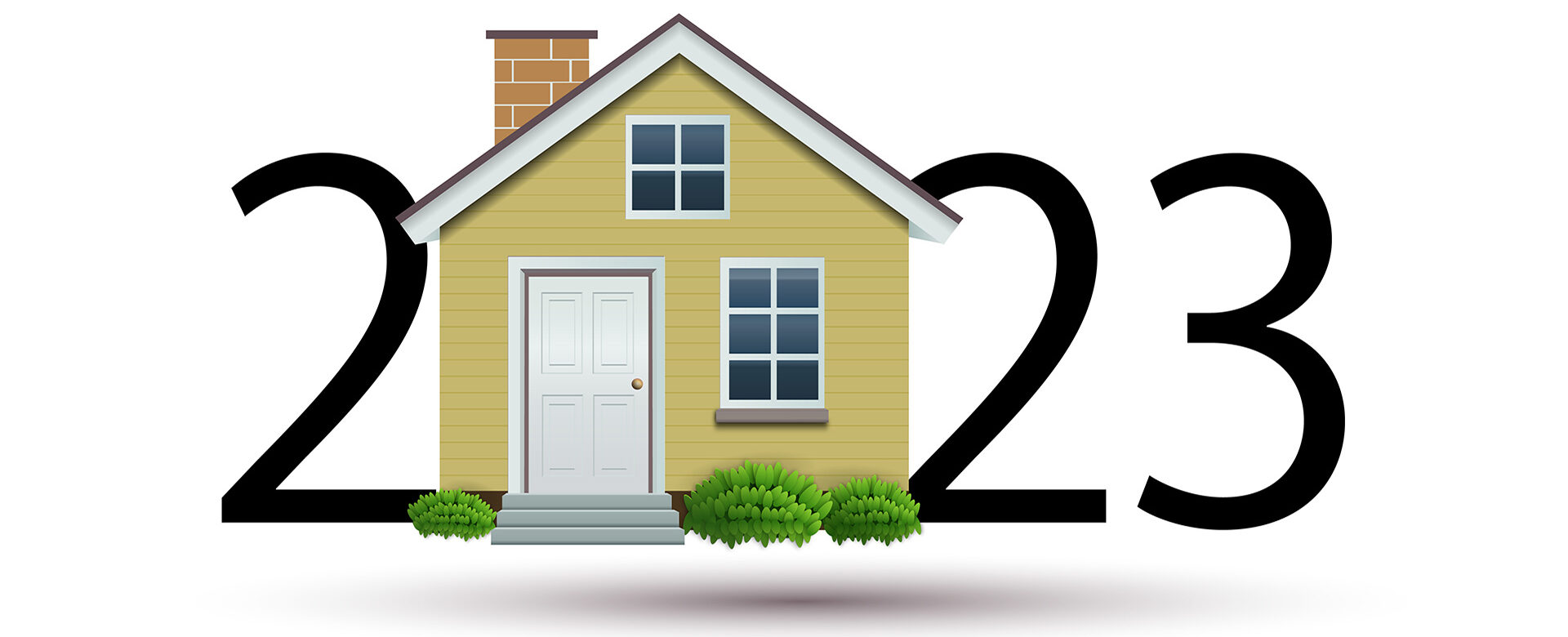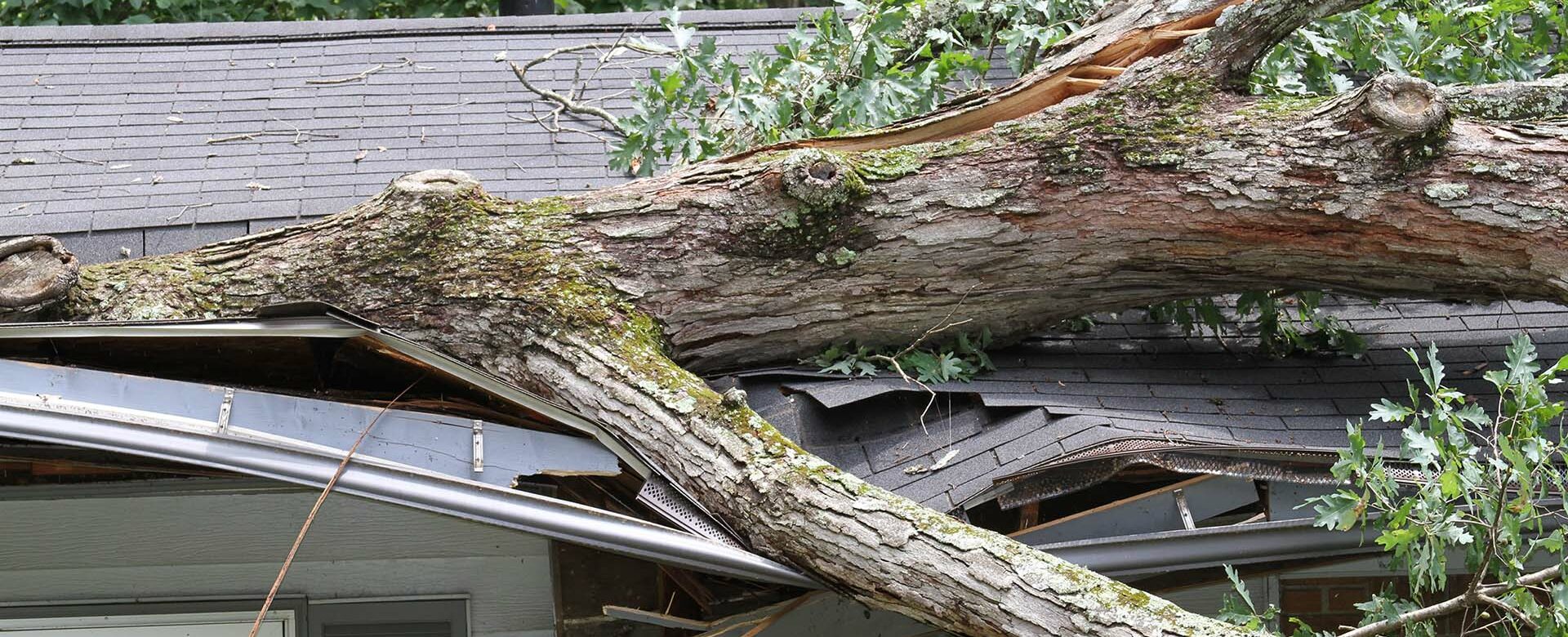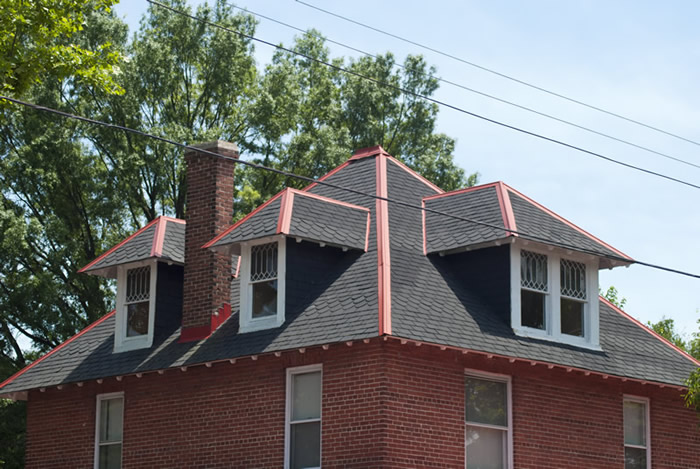It’s the beginning of a new year, and that means it’s time for resolutions.
Most New Year’s resolutions revolve around self-improvement, but the truth is, you’re great just the way you are. So instead, we suggest making some home-improvement resolutions that don’t require a scale, a short-lived gym membership, or eventual self-loathing. Here are a few that can improve not just your home, but your enjoyment of it as well.
Monthly Inspections
This resolution is easy to implement, only takes a few minutes and can help save your home from preventable damage. Once a month, do a visual inspection of the exterior of your home. Add it to your calendar, set a reminder on your phone, or whatever you use to keep track of recurring tasks.
From the outside of your house, walk the perimeter and look for any holes or damage to siding, loose flashing, loose or missing shingles, brittle or broken shingles, moisture around your foundation, debris that may have landed on your roof, mildew or algae buildup or anything else that seems out of place or damaged. From the inside, peek into your attic and make sure all the rafters and roof decking are dry, that the ventilation is working properly and that insulation is in place. Take a look out any windows that may give you a view of dormers or roofing valleys that aren’t visible from the ground.
If you spot any damage, take photos – especially if you believe the damage requires an insurance claim – and call in a licensed contractor to have a second look and give an estimate for repairs. Your visual inspection should only take a few minutes but could save you thousands of dollars and lots of headaches down the road. As they say in medicine, an ounce of prevention is worth a pound of cure.
Gutter Cleaning
Your monthly visual inspection may give you an idea of when your gutters need to be cleaned out, but you also may not be able to see all the debris in your gutters from the safety of the ground (which is the only place we recommend doing an inspection yourself). In Hampton Roads, the amount of foliage and storm debris increases the likelihood of needing a good gutter cleaning. While many websites and professionals will say cleaning your gutters twice a year is fine, we recommend once per season if you live in Southeast Virginia.
This year, resolve to have a professional gutter cleaning service come to your house every three months. You can schedule these cleanings in advance, so you don’t even have to think about it once you’ve made the initial call. The great thing about having a professional gutter cleaning is that it can reduce the likelihood of roof damage from water that builds up and pushes up under your roofing material when gutters are overfilled with debris. It also means there are professional eyes on your roof several times a year. A good cleaning company will alert you if they see any damage, debris or signs of aging that you should know about – all without you ever having to climb a ladder.
Make the Repairs
Maybe you already know your roof is in need of repairs. Perhaps you’ve seen the shingles fly off during a storm, or you can hear flashing or loose gutters banging around on a windy night. If so, then the new year is the perfect time to resolve to finally have it fixed.
Taking care of these types of repairs extends the life of your roof, saving you money and protecting your investment. A simple repair may have a small upfront cost, but in the long term it will be well worth it. Make sure to call in a professional, licensed roofing contractor to make the repairs. It may also be the case that the damage that needs to be repaired is under warranty, in which case you may not even have to pay out of pocket. If you think this is the case, find your original paperwork and reach out to the manufacturer or installer to make a claim.
New Year, New Roof
Lastly, if you know it’s time, then make this the year that you finally get that old roof replaced. Living under a roof that is past its recommended life span is just asking for trouble and interior damage that will not be covered by insurance. In the Tidewater region, the majority of residential roofs are asphalt shingles, which typically have a lifespan of 20-30 years. So, if your home was built before 1993 or if your home’s roof hasn’t been replaced since then, it’s likely time to make this a priority.
Roof replacements typically happen in the spring and fall, so if you know ahead of time that you will be needing a new roof this year, start vetting roofing companies now during the slower months. Gather several estimates and start researching your options for materials, colors, manufacturers, etc. Once you’ve made your decisions, get on your chosen roofing company’s installation schedule and get the materials ordered. Some materials are taking significantly longer to get in stock because of supply chain issues, so the sooner you can make your decisions and place orders, the better.
At Andrews Roofing we want to wish all of our Hampton Roads neighbors a beautiful, blessed 2023. If you find yourself in need of roofing repairs, replacements or inspections, we would be happy to help you determine the right course of action for your home so that you can enjoy it for many more years to come. Contact us today.




